Taj Mahal, UNKNOWN DESIGNER, AGRA, India, 1632-54 AD
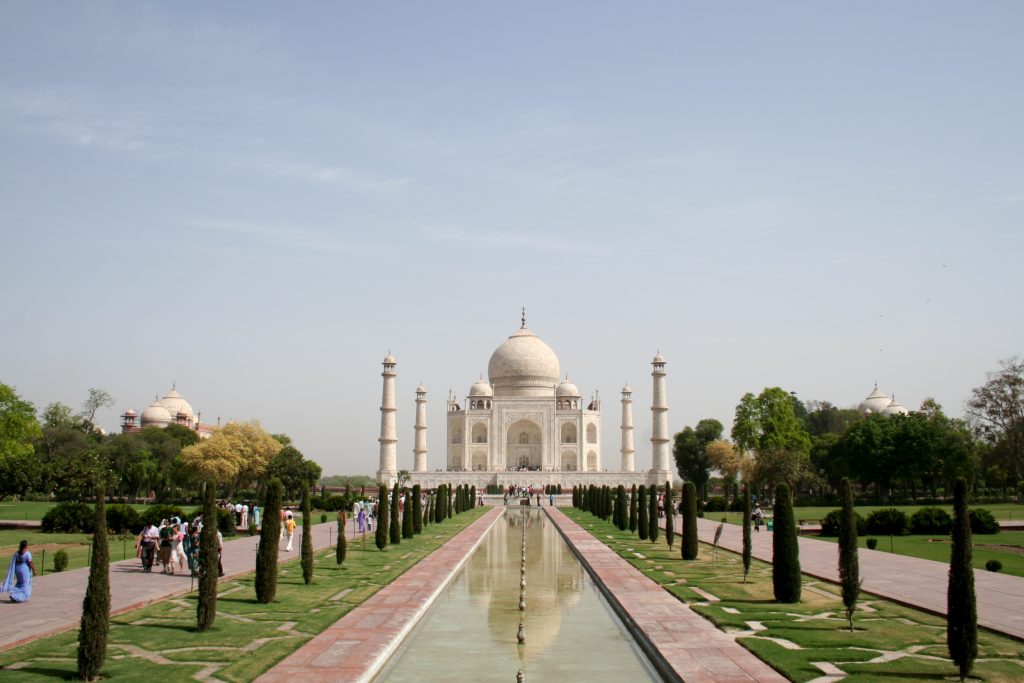
Image 1: View of the mausoleum
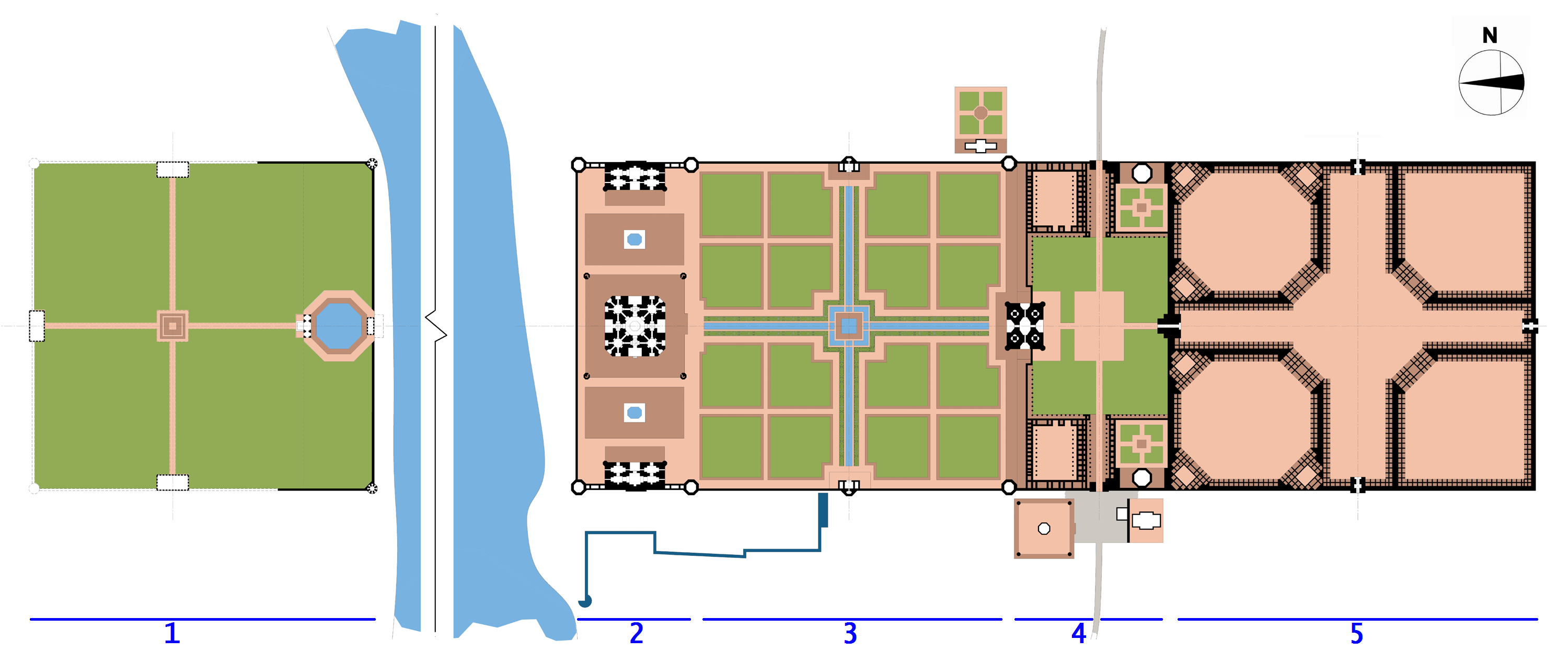
Image 2: Plan view of the relationship of Jumuna River, garden pavilion, landscape and mausoleum
Emperor Shah Jahan commissioned this project for his favorite wife, Mumtaz Mahal, who died giving birth to her 14th child. The memorial is situated on the banks of the Jamuna River (image 4), with many other monuments located in proximity. The project features a centralized landscape organization dictated by two perpendicular axes defined by water. The axes create a SYMMETRY, subdividing the landscape into quadrants. This CHAHAR BAGH, a garden divided into four, adjoins the mausoleum and additional pieces of architecture at the site. This concept is similar to Persian Rug parti (image 3). The landscape reinforces geometric articulation and proportions in its subdivision from the largest to smallest scales.
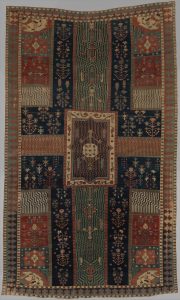
Image 3: Persian Rug which inspired parti of organization for many linear and centralized projects
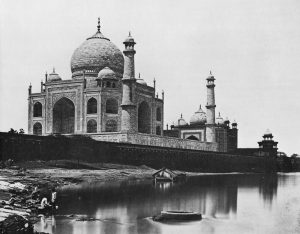
Image 4: View of the Mausoleum on the banks of River Jumuna
The architecture and landscape together clearly exudes a SUBLIME scale. From a distance, the materiality of the onion dome appears pristine white (image 1). Upon closer approach, the marble is colorfully decorated with PIETRA DURA, stones inlaid in the marble (image 7). The decoration is either geometric and orthogonal or natural and organic representing flora and vegetation, a reference to the adjacent landscape. Located in the central plan of the mausoleum building, Mumtaz Mahal’s tomb has clear HIERARCHY in plan (image 8). Emperor Shah Jahan’s tomb is located adjacent, yet off center. The mausoleum is elevated from the ground plane of the centralized landscape on a twenty-two foot platform further accentuating the SUBLIME scale at the site.
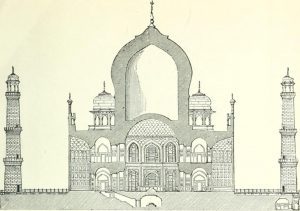
Image 5: Section Drawing of the Taj Mahal mausoleum building
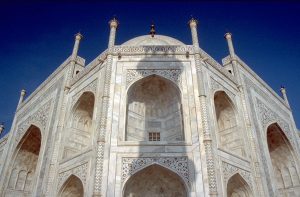
Image 6: Detail view of marble facade at mausoleum
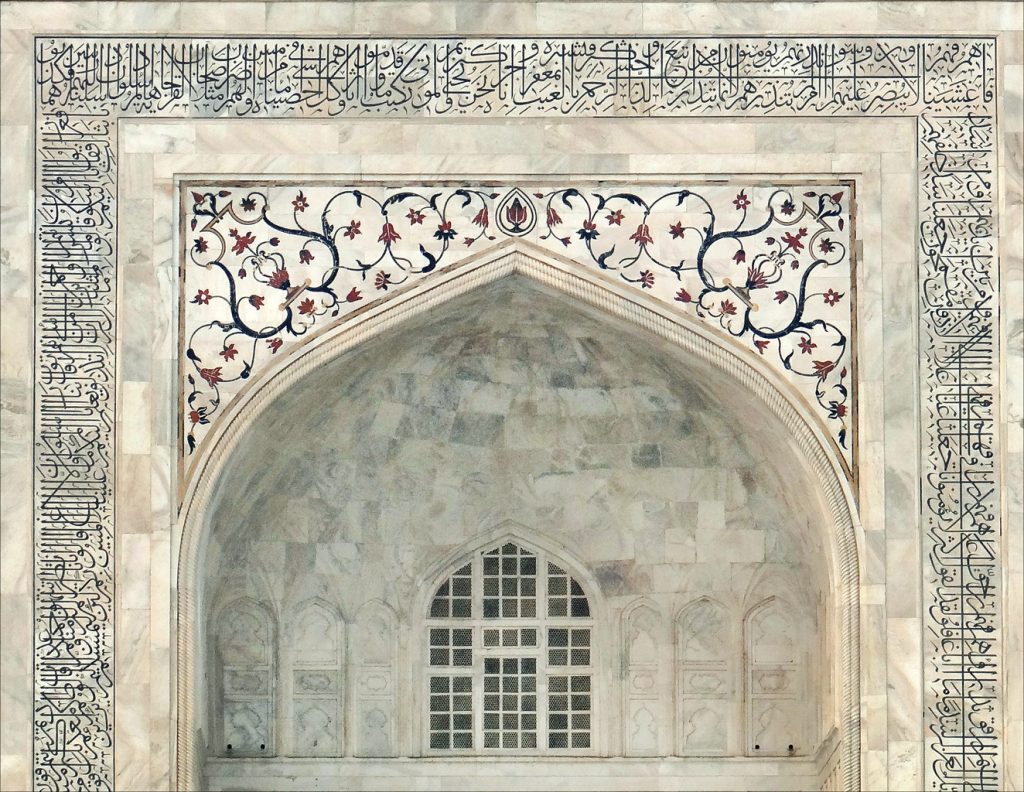
Image 7: Pietra Dura details on mausoleum
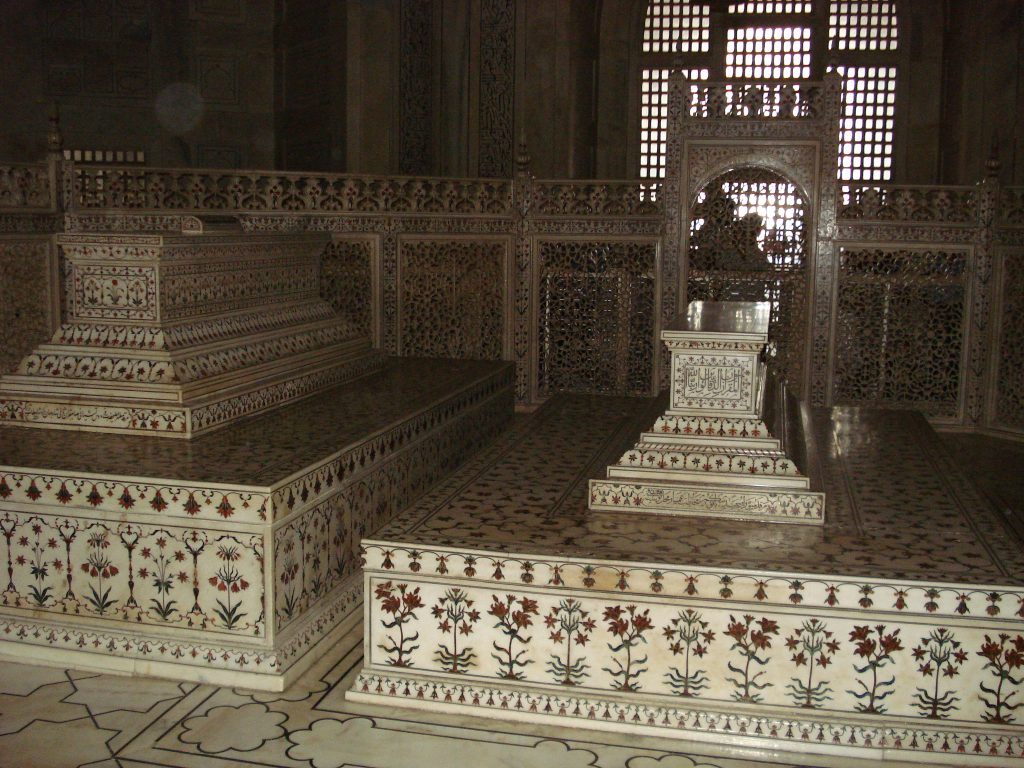
Image 8: Tombs of Mumtaz Mahal and Emperor Shah Jahan
On each corner of the platform is a MINARET, a tall, thin, tower (image 5). Compared to an OBELISK, it is possible to occupy the interior of a minaret, and they are generally cylindrical in shape. Minarets at the Taj Mahal start to frame the iconic dome. They redefine the figural object of the dome between the void of the perpendicular minarets.
The dome of the mausoleum rests firmly in the center of the raised platform. The axes of water define centers in the landscape (image 10). Though this entire site is continually reinforcing centralized organizations, the physical body is denied occupying true center, and never fully experiences this idealized organization.

Image 9: Plan Drawing of Taj Mahal and garden

Image 10: Axes of waterways centering landscape (from Charles Moore, Poetics of Gardens, All Rights Reserved)
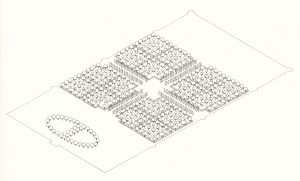
Image 11: Subdivision of landscape into quadrants (from Charles Moore, Poetics of Gardens, All Rights Reserved)

Image 12: Architecture at the site, missing connections of landscape (from Charles Moore, Poetics of Gardens, All Rights Reserved)

Image 13: Integration of landscape and architecture at the site (from Charles Moore, Poetics of Gardens, All Rights Reserved)
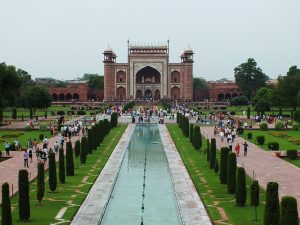
Image 14: Garden pavilion at Taj Mahal
Media Attributions
- Photo of the Taj Mahal © Ewan Mcintosh is licensed under a CC BY-NC (Attribution NonCommercial) license
- Site Plan of the Taj Mahal is licensed under a Public Domain license
- Image of a Paradise Garden Rug © Metropolitan Museum is licensed under a Public Domain license
- Historical Taj Mahal © Felice A. Beato
- Section Drawing of the Taj Mahal is licensed under a Public Domain license
- Corner Detail of the Taj Mahal © Penn State Library
- Image of Pietra Dura Inlay © Jean-Pierre Dalbera is licensed under a CC BY (Attribution) license
- False Tomb at the Taj Mahal © Maahmaah is licensed under a Public Domain license
- Plan Drawing of the Taj Mahal is licensed under a Public Domain license
- Water Axes at Taj Mahal Axonometric © Charles Moore is licensed under a All Rights Reserved license
- Vegetation of Taj Mahal Axonometric © Charles Moore is licensed under a All Rights Reserved license
- Architecture of Taj Mahal Axonometric © Charles Moore is licensed under a All Rights Reserved license
- Taj Mahal Axonometric © Charles Moore is licensed under a All Rights Reserved license
- Image Shows Gate to Taj Mahal © Michel Nocture
an equal or like reflection about an axis (linear, radial, etc.)
which means a division a garden divided into four
inspiring a feeling of awe, could be by scale, function or effect.
stones inlaid in the marble
a space that is more important than another in project; could be because of scale, function, location or for other reasons
a tall, thin, tower. May be possible to occupy the interior and they are generally cylindrical in shape.
a tall, thin, tapered stone, constructed of one solid piece of stone (no occupiable space within the structure)
